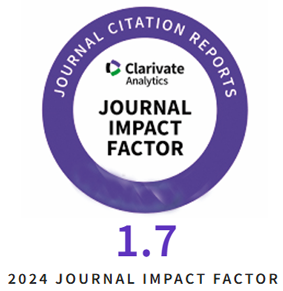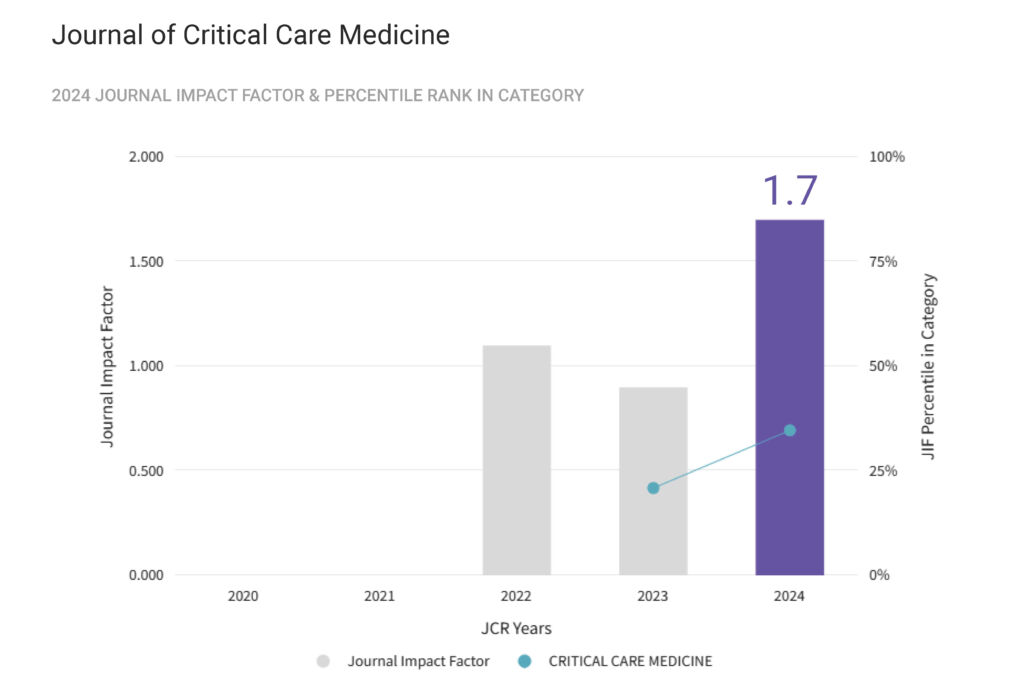Introduction: The majority of oral ingestion of caustic material by adults is intentional, and the aftermath varies widely with potentially fatal results. Injuries range from superficial burns of facial and oropharyngeal structures to extensive necrosis of the gastrointestinal tract. Management focuses on the identification of the ingested substance and prompt treatment and supportive care of the multiple complications stemming from the ingestion. Complications following caustic ingestion include both immediate and long term.
Case presentation: A fifty-seven-year-old man presented following intentional ingestion of drain cleaner. The patient was intubated and underwent emergent esophagogastroduodenoscopy [EGD], which revealed extensive damage to his oesophagus and stomach. He survived his initial injury but had a prolonged hospital course and ultimately died after developing tracheoesophageal and bronchooesophageal fistulas which were too extensive for surgical repair.
Conclusion: The sequelae of caustic ingestion can be minor or severe, both immediate and delayed. Despite appropriate prompt management and supportive care, patients may die as a result of the initial injury or subsequent complications.
Category Archives: Case Report
An Intentional Aconite Overdose: A Case Report
Background: Aconite is one of the most toxic known herbs, widely used for centuries as an essential Chinese medicine, but also for deliberate poisoning throughout history. Clinically indicated in herbal medicine for a range of ailments from headaches to muscle spasm, unfortunately, the narrow therapeutic window may lead to a range of toxic presentations. The mechanism of action of the pharmacologically active compounds in Aconite relate to the activation of voltage-gated sodium channels within a range of tissue including myocardial, neuronal and smooth muscle leading to persistent cellular activity.
Case presentation: We report on a rare case of a fifty-year-old male with intentional aconite overdose presenting with refractory cardiovascular instability from persistent life-threatening arrhythmias, respiratory failure, and seizure activity.
Conclusion: An overview of Aconite, its history, pharmacological effects, treatment of overdose and outcomes is presented.
Drug Thrombus Resulting in Superior Vena Cava Syndrome: A Case Report
Introduction: Superior vena cava syndrome is one of the more serious complications of central venous catheter insertion. Drug interactions of administered drugs used in association with these catheters can lead to formation of precipitations and consequently thrombus formation. These interactions can be either anion-cation or acid-base based and more commonly present in clinical practice than expected.
Case presentation: The case of a 31-year old female who was admitted to an intensive care unit with an intracranial haemorrhage, is presented. Occlusion of the superior vena cava was caused by a drug-induced thrombus, formed by the precipitation and clotting of total parenteral nutrition and intravenous drugs. Given the nature of the thrombus and a recent intracranial haemorrhage, the patient was treated with a central thrombectomy supported by a heparin-free extracorporeal membrane oxygenation.
Conclusion: Knowledge of drug interactions is crucial in order to heighten awareness for the dangers of concomitant drug administration, especially in combination with total parenteral nutrition in critically ill patients.
The Use of Extracorporeal Life Support in a Patient Suffering from Venlafaxine Intoxication. A Case Report
Very few reports exist on serious cardiac complications associated with intake of serotonin-noradrenaline reuptake inhibitors. This paper describes and discusses the case of a patient who ingested a dose of 17.5 g venlafaxine. She developed a full serotonergic syndrome leading to multi-organ failure, including refractory cardiovascular shock, which was managed by early implantation of an extracorporeal life support (ECLS) system as a bridging strategy. This intervention was successful and resulted in full recovery of the patient.
Spontaneous Sublingual Haematoma in a 90-year Old Patient: A Complication of Direct Oral Anticoagulants
Sublingual haematoma is a rare complication of anticoagulants and can be life-threatening. As the number of prescribed anticoagulants is increasing, the incidence of complications of these drugs will continue to increase. A report of a sublingual haematoma in an elderly patient with chronic atrial fibrillation treated with edoxban (Lixiana ©, Daiichi Sankyo Europe GmbH, München, Germany) is reported. A 90-year male presented at the emergency department with an obstructed upper airway due to a sublingual haematoma. The patient received tranexamic acid, prothrombin complex, and fresh frozen plasma. After fiberoptic nasal intubation, the patient was monitored in the intensive care unit. After four days, the patient was extubated, and after six days, the swelling resolved completely. Complications of anticoagulants are rare but can be life-threatening. Recognition of an endangered airway and reversing the effects of the anticoagulant are essential. Surgical evacuation of the haematoma could be considered but is not necessary.
Guillain–Barré and Acute Transverse Myelitis Overlap Syndrome Following Obstetric Surgery
Introduction: There are rare reports of the occurrence of acute transverse myelitis and Guillain–Barré syndrome after various surgical procedures and general/epidural anaesthesia. The concomitant occurrence of these pathologies is very rare and is called Guillain–Barré and acute transverse myelitis overlap syndrome. In this article, we present the case of a second trimester pregnant patient who developed Guillain–Barré and acute transverse myelitis overlap syndrome.
Case presentation: We report the case of a 16-year-old female patient who underwent a therapeutic termination of pregnancy two weeks prior to the onset of the disease with gradual development of a motor deficit with walking and sensitivity disorders, fecal incontinence. The diagnosis was based on clinical exam, electroneurography and spinal magnetic resonance imaging. Endocrinopathies, infectious diseases, autoimmune and inflammatory diseases, neoplastic diseases and vitamin deficiencies were ruled out. Our patient attended five sessions of therapeutic plasma exchange, followed by steroid treatment, intravenous immunoglobulin with minimum recovery of the motor deficit in the upper limbs, but without significant evolution of the motor deficit in the lower limbs. The patient was discharged on maintenance corticotherapy and immunosuppressive treatment with azathioprine.
Conclusions: We report a very rare association between Guillain–Barré syndrome and acute transverse myelitis triggered by a surgical intervention with general anaesthesia. The overlap of Guillain–Barré syndrome and acute transverse myelitis makes the prognosis for recovery worse, and further studies are needed to establish the first-line therapy in these cases.
Cerebellar Haemorrhage Leading to Sudden Cardiac Arrest
Introduction: Intracranial haemorrhage (ICH) is a known, but a rare cause of out of hospital cardiac arrest (OHCA). It results in the development of non-shockable rhythms such as asystole or pulseless electrical activity (PEA).
Case Report: A 77- years old male had an OHCA without any prodrome. An emergency medical services (EMS) team responded to an emergency call and intubated the patient at the site before transporting him to the Acute Care Hospital, New Brunswick, New Jersey, USA. On admission, a non-contrast computed tomography scan of the head revealed a large cerebellar haemorrhage. Non-traumatic ICH is a rare cause of OHCA. Although subarachnoid haemorrhage causing cardiac arrest has been described in the literature, cerebellar haemorrhage leading to cardiac arrest is rare. The mechanism by which ICH patients develop cardiac arrest is likely explained by a massive catecholamine surge leading to cardiac stunning.
Conclusion: A non-shockable rhythm in the setting of a sudden cardiac arrest should raise alarms for a primary non-cardiac ethology, especially a primary cerebrovascular event. The absence of brainstem reflexes increases the likelihood of an intracranial process.
When a Stroke is not Just a Stroke: Escherichia coli Meningitis with Ventriculitis and Vasculitis: A Case Report
Introduction: Community-acquired Escherichia coli ventriculitis is considered a rare condition. Central nervous system (CNS) infection due to gram-negative bacilli is usually associated with previous neurosurgical interventions. The recent publication of cases of Escherichia coli meningitis and ventriculitis suggests its prevalence may be underestimated by the literature.
Case presentation: A case of community-acquired Escherichia coli CNS infection on a 58 year old patient presenting with altered consciousness but without neck stiffness, nor significant past medical history is reported. Imaging and lumbar puncture findings suggested a complex case of meningitis with associated ventriculitis and vasculitis. Escherichia coli was later identified in cultures. Subsequent multi-organ support in Intensive Care was required. The patient was treated with a prolonged course of intravenous antimicrobials guided by microbiology, resulting in some neurological recovery. The main challenges encountered in the management of the patient were the lack of clear recommendations on the duration of treatment and the potential development of multi-resistant organisms.
Conclusion: Bacterial central nervous system infections can have an atypical presentation, and an increasing number of cases of community-acquired ventriculitis have been reported. Early consideration should be given to use magnetic resonance imaging to help guide treatment. A long course of antibiotics is often required for these patients; however, the optimal duration for antimicrobial treatment is not well defined.
Hyperammonemic Encephalopathy and Lipid Dysmetabolism in a Critically Ill Patient after A Short Course of Amiodarone
The case is reported of a 39-year-old severely obese woman who developed acute metabolic disorders after the administration of a short course of intravenous amiodarone. The main biological features were hypertriglyceridemia, hypoglycaemia, hyperlactatemia and hyperammonemia; all were reversible after amiodarone discontinuation. There was an associated rise in liver enzymes. However, the influence of co-factors on these metabolic disorders, such as acquired carnitine deficiency, severe obesity, a long-term course of pancreatitis, and abdominal infections, could not be excluded.
Accidental Modopar© Poisoning in a Two-Year-Old Child. A Case Report
Levodopa is a dopamine precursor and a mainstay treatment in the management of Parkinson’s disease. Its side effects induce dyskinesia, nausea, vomiting, and orthostatic hypotension. Acute levodopa acute poisoning is uncommon, with only a few reported cases in the medical literature. Treatment of poisoning by levodopa is mainly supportive. The case of a child admitted to a hospital for acute levodopa poisoning is presented in this report.










